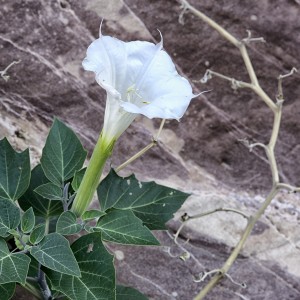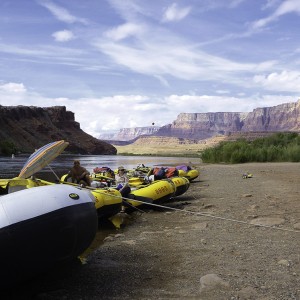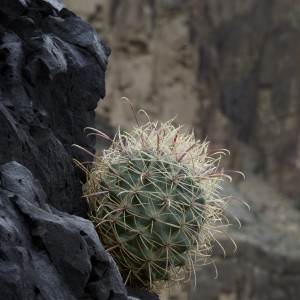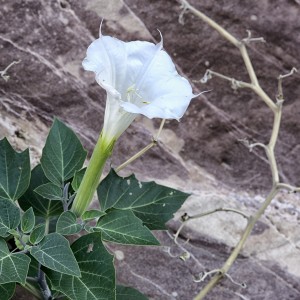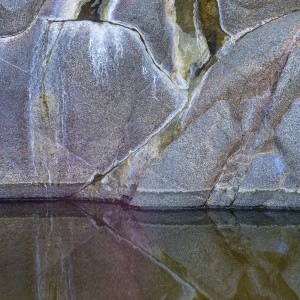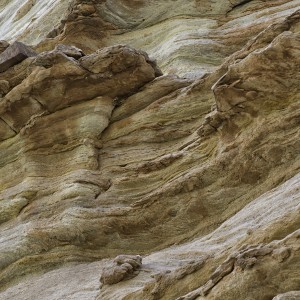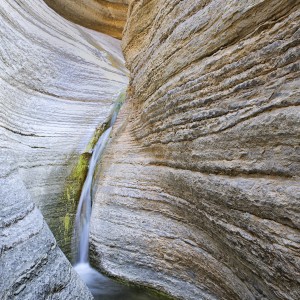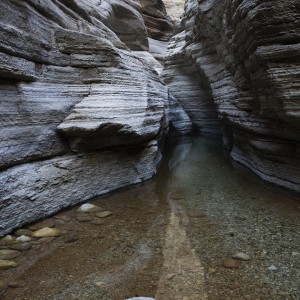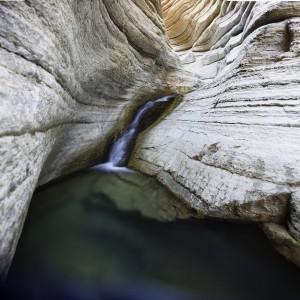
I was sitting on the white pontoon river running raft as it was pushed from the shore of the Colorado River at Lee’s Ferry. I would be spending ten days and nine nights on the River as it cut first through Marble Canyon and then the Grand Canyon – sleeping next to the river, eating next to the river, and seeing the Canyon from the bottom up.
Like millions of Americans and visitors from around the world, I had visited the Grand Canyon and taken in its wonders from the rim of the canyon. But, like most, I had never ventured below the rim itself. In fact, of the 4.5 million annual visitors, only about 20,000 venture below the rim to take a float trip down the Colorado River.
While I knew what to expect from a traditional visit to the Canyon rim, I really did not know what to expect from the extended camping experience of a float trip down the river. Would I enjoy the journey? Would I be bored, sitting on a raft for hours a day? How hot would it be? What would the rapids be like? And how about sleeping outside for nine straight nights? What if it rained? Did I bring the right clothes?
Just a few days later, I could hardly remember those concerns. Indeed, as we rounded another bend in the river, and dropped down through epochs of geological time, I realized “It just does not get better than this.”
Every bend in the river brought into view a changing panorama of colorful sandstone, limestone and shale, from the cream colored Coconino Sandstone to deep reddish Redwall Limestone. The color of the River itself had changed from clear green in Marble Canyon to muddy brown as it met the flooded Little Colorado River. At night, I slept on sandy beaches, listening to the ever present rushing of water, gazing up at a star-studded sky framed by the towering cliffs and feeling the breeze against my face. Occasionally, I had to fold my sleeping tarp over me when raindrops in the middle of the night wakened me. It was hot, but not unbearably so, and all I had to do to cool off was sit in the front of the raft when it went through a rapid and get soaked by the very cold River water.
One of the great surprises to me about the Canyon was my discovery of the numerous side slot canyons that intersect the main canyon carved by the Colorado River. While the flow of the Colorado River itself is regulated by the Glen Canyon Dam, nothing man-made interferes with the interaction of water and rock in these side canyons. After a rainfall, flash floods regularly rush down those canyons, bringing into the Colorado River the rocks and debris that form the Canyon’s rapids. Water backs up behind those rapids into relatively quiet pools, and sandy beaches are formed below the rapids. Those sandy beaches are the prime camping places on the river.

Walking up a slot canyon was like opening a new present on Christmas morning. Each presented a surprise – small waterfalls, streams, glowing red cliffs reflecting the early morning or late afternoon light, the layered strata of dark brown, cream colored and deep reddish sandstone, limestone and shale. A few – like the Little Colorado and Havasu – feature small rivers with bright, almost unreal looking, turquoise water. When those turquoise waters collide with the muddy brown of the Colorado River itself, the two turquoise and brown streams flow side by side down the river until they eventually intermingle.
We regularly saw big horn sheep from the rafts and, when walking up Upper Deer Creek canyon, we saw three magnificent sheep as they walked up the path with us, posing dramatically on rocks not twenty feet from us. It was a wonder that all of the clicking cameras did not scare them off.
Our trip was a photography workshop organized by professional photographers Jack Dykinga and Justin Black. Everyone brought plenty of camera gear, and was ready to wait patiently for the perfect light in the early morning and late afternoon. Jack had floated down the river on numerous occasions and had recently published a book of photography on the Canyon. He was familiar with many of the best locations for photography and had carefully planned our itinerary with our river guides so that we camped next to an interesting canyon or photographic spot on the river every night.

The fact that the trip was a photography workshop as well as a Grand Canyon float trip shaped our itinerary. A typical day began with an early morning walk for two or three hours of photography, followed by breakfast, and then a hour or so to load the dry bags with our sleeping gear, clothes and personal belongings, camera bags and tripods, kitchen gear and chairs. We then spent a few hours floating down the river, often getting soaked as we plowed our way through rapids, listening to the guides tell us about the history of the canyon, the geology, and perhaps some of the colorful characters of canyon lore. We usually stopped for about an hour for lunch. In the late afternoon, we would find a sandy beach for our campsite and would unload all of the equipment that we had put on the raft in the morning. While the staff prepared dinner, we always headed up the nearby side canyon to explore and take photographs. After several more hours of photography, it was back to the camp for dinner and an early bedtime under the stars.
There are a number of tour operators who guide boat trips down the river. The trip I was on was with Arizona Raft Adventure (AzRA) and was led by two wonderful guides, Jed and Laura. There were two rafts on our trip, each with 11 crew and passengers. Each of our motorized rafts was about 33 feet long and somehow had plenty of room for all of our gear and food for 10 days. The National Park Service regulates river travel through the Grand Canyon. Concessions have been issued to sixteen commercial outfitters who are authorized to offer river trips of varying lengths to the public in a variety of boat types, including the relatively large motorized rafts to oar-powered rafts, dories and kayaks. A five and one-half month period in the summer season allows for both motorized and non-motorized trips, with the rest of the year reserved for rowing and paddling trips only. Because of the limited number of trips each year, reservations usually have to be made a year or more before the trip.
In addition to photography, trips are organized around such varied interests as natural history, hiking, ecology, yoga, geology, or just sight seeing. And of course the type of boat you choose to use will have a lot to do with the kind of experience you have. The 30 foot drop of Hance Rapid, the 18 foot drop of Granite Rapid or the 14 foot drop of Lava Falls Rapid – the fastest navigable white water in the United States – would be much more exciting and challenging on a kayak or oar boat than traversing those rapids in the motored raft like we were on. But those smaller boats could not have carried all of our tripods, cameras and lenses.
A trip like this is not for everyone. You have to be comfortable climbing on and off bobbing river craft, sitting in the hot sun or in the rain all day, getting soaked by some pretty cold Colorado River water as you traverse the rapids and sleeping outside all night. AzRA supplies a sleeping tarp and pad a sleeping bag and a tent – although almost everyone preferred to sleep without a tent. The staff prepared the food and – perhaps because we were all having such a good time and were all tired – the food was unbelievably good.
The length of a rafting trip down the river first depends the type of raft you choose. Self propelled oar boats or kayaks take a lot longer than a motored raft. In addition to the speed of the raft or boat, the length of time on the River depends on where you begin and end the journey. There are two primary places to enter or exit the River. A trip from Lee’s Ferry, which is just 7 ½ miles below Glen Canyon Dam, to the usual exit point at Diamond Creek will take you to river mile 225. That trip can be a short as 7 or 8 days by motorized raft and might take 16 days by oar boat or kayak. The river can also be entered, or exited, at Phantom Ranch, which is at river mile 88 and the trips that enter or exit the River at that point are just that much shorter. The trip to or from Phantom Ranch requires a strenuous hike up or down the steep 9.3 mile Bright Angel Trail to the South Rim. Trips beyond Diamond Creek can be arranged by contacting the Hualapai Tribe at 1-800-622-4409. The River Permits office of the National Park has up to date information on commercial trips. They can be reached at 1-800-959-9164 or at their website at nps.gov/grca/.
There are some informative and fascinating books about the Colorado River and the Grand Canyon. The Belknap “Grand Canyon River Guide” is the bible of all river guides and contains a wealth of information about the geology and history of the river, as well as a mile-by-mile description of the primary features of the river. I would also highly recommend “Images: Jack Dykinga’s Grand Canyon” and the entertaining “There’s This River… Grand Canyon Boatman Stories” by Christa Sadler.
The 4.5 million visitors who visit the South Rim of the Grand Canyon every year can surely testify to the awesome views from the top of the South Rim. But the experience of the Canyon on a river running trip down the Colorado River is an experience that is even more profound.
As we left our rafts at Diamond Creek and boarded our buses for the 3-hour trip back to Flagstaff, I already missed the rhythm of river life, and all of the incredible sights and sounds of the Colorado River. It was, indeed, a trip of a lifetime.

